Fluxus was an international art movement active in the 1960s and 1970s that sought to dissolve the boundary between art and life. Fluxus works took the form of scores, performances, mail-art, multiples, and events that were often playful, absurd, and anti-institutional. George Maciunas, Yoko Ono, Nam June Paik, Alison Knowles, and Dick Higgins were among its most visible figures, though Fluxus resisted fixed membership or hierarchy.
Fluxus works were often modest in scale and wry in tone: Ono’s Instruction Paintings, Paik’s early media experiments, Knowles’s Make a Salad, Ben Patterson’s event scores. They asked participants to carry out simple actions—folding paper, counting rice, listening to silence—that reframed ordinary gestures as art. Fluxkits packaged these instructions and objects into small boxes, portable archives of possibility.
The themes of Fluxus were humor, accessibility, and refusal of art-world seriousness. It rejected the cult of the singular masterpiece in favor of reproducible, everyday actions. In its ethos, a score performed in a kitchen carried as much weight as a performance on a stage.
See also: Happenings
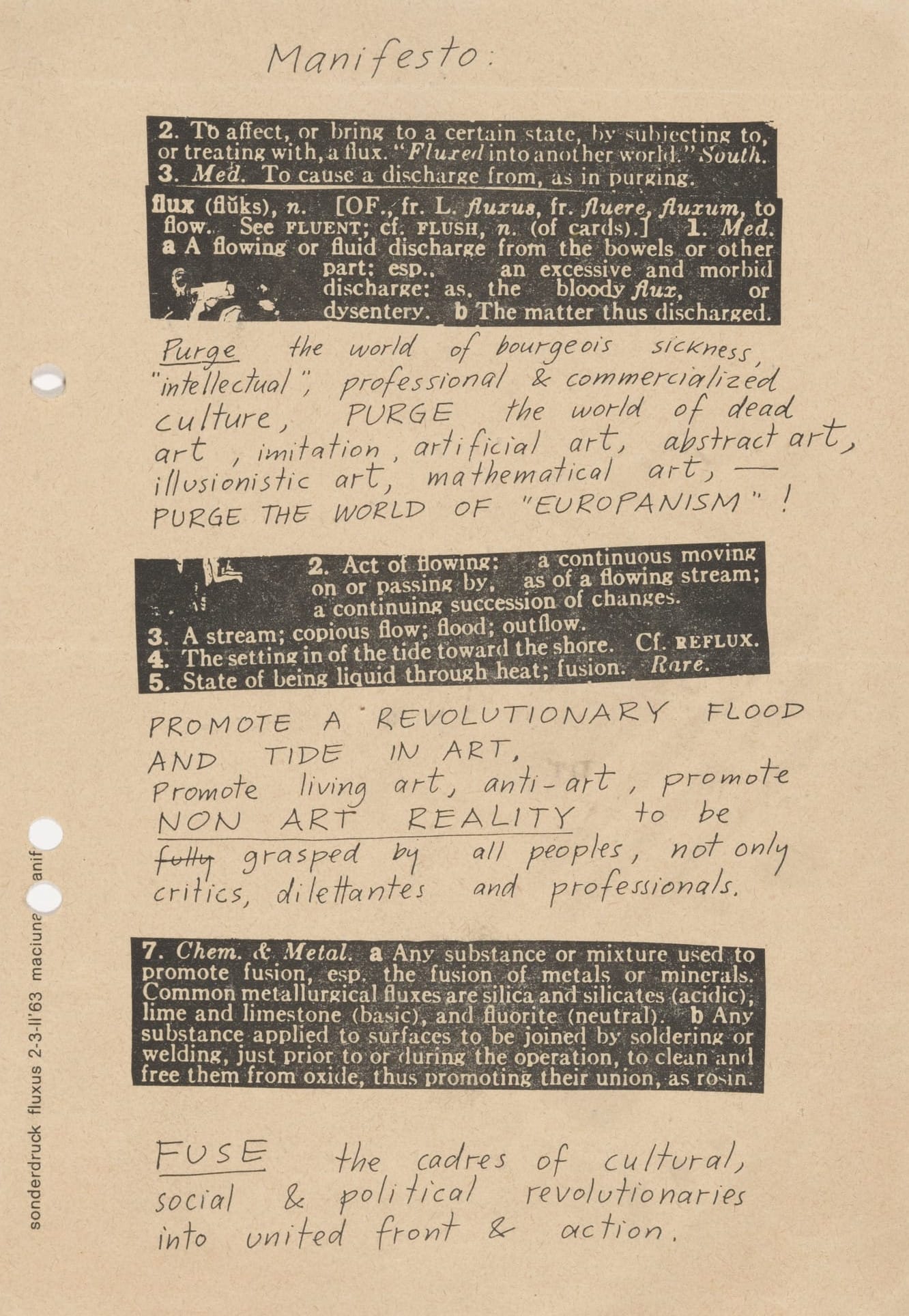
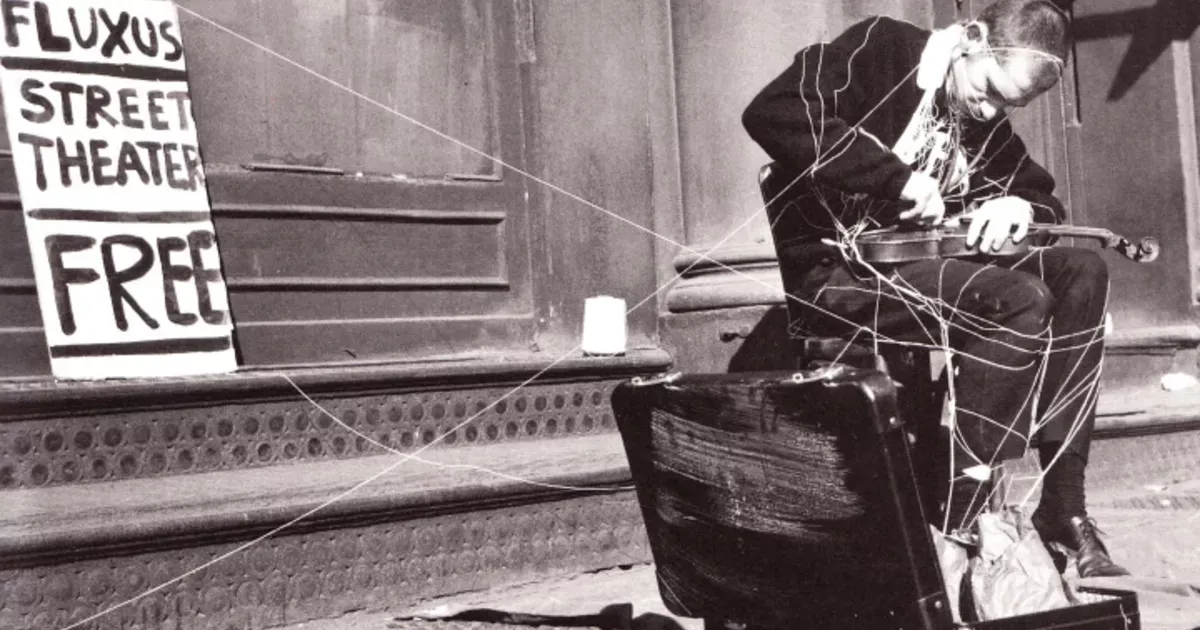
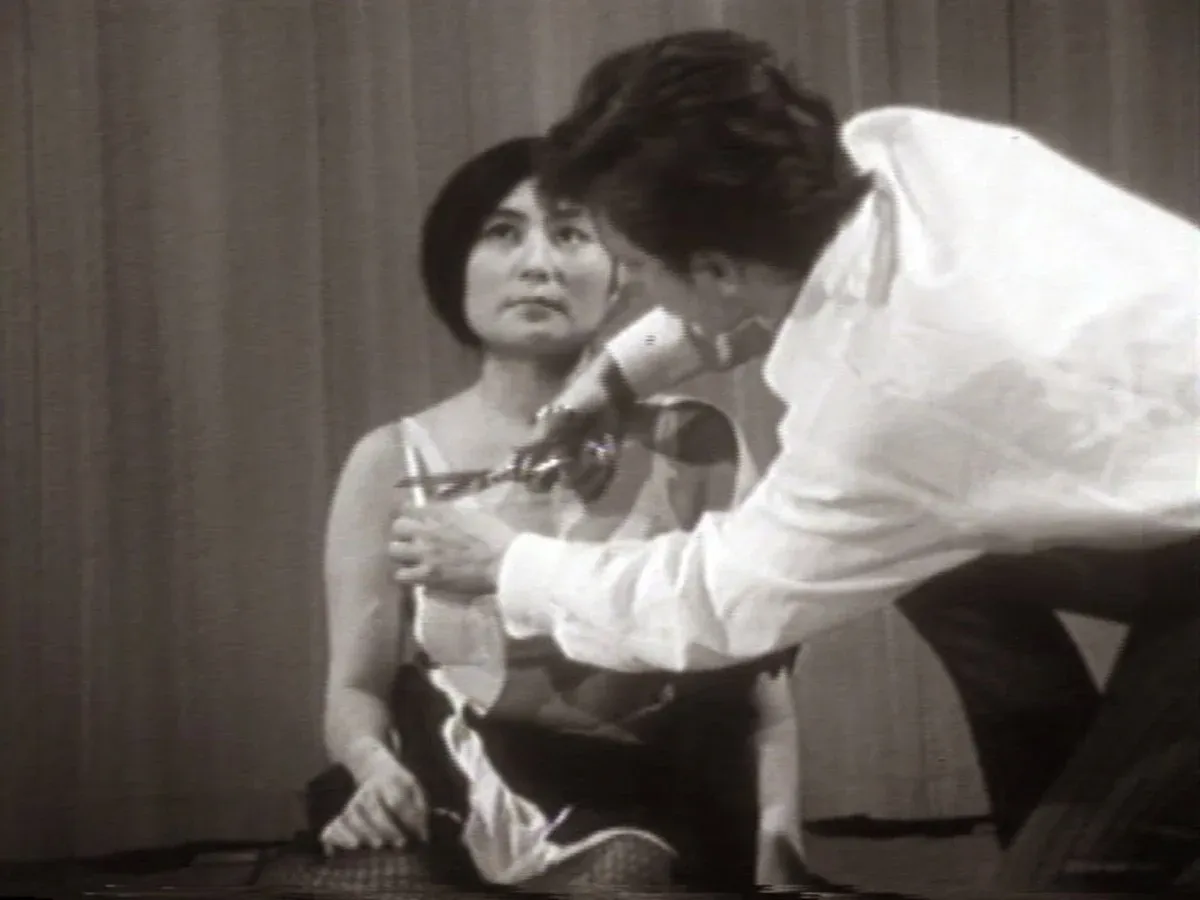
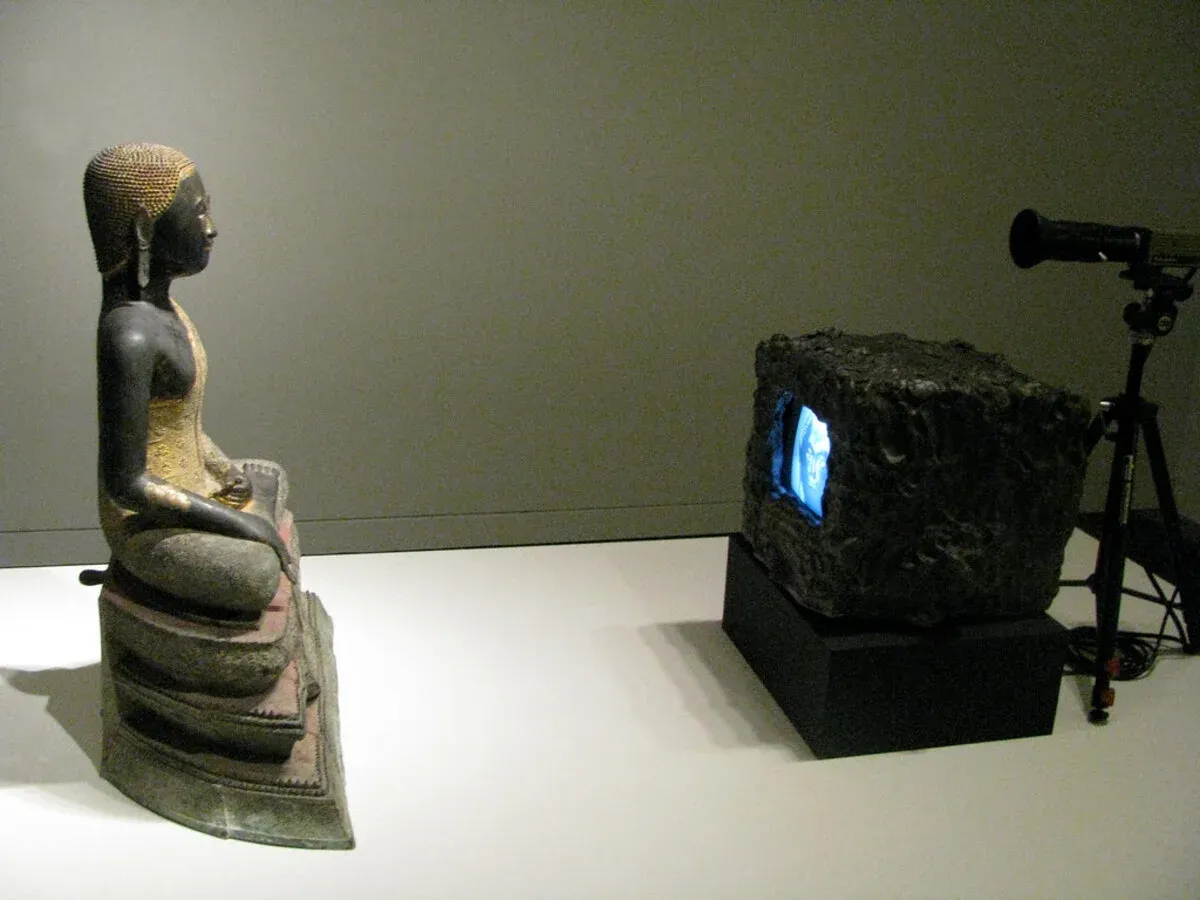
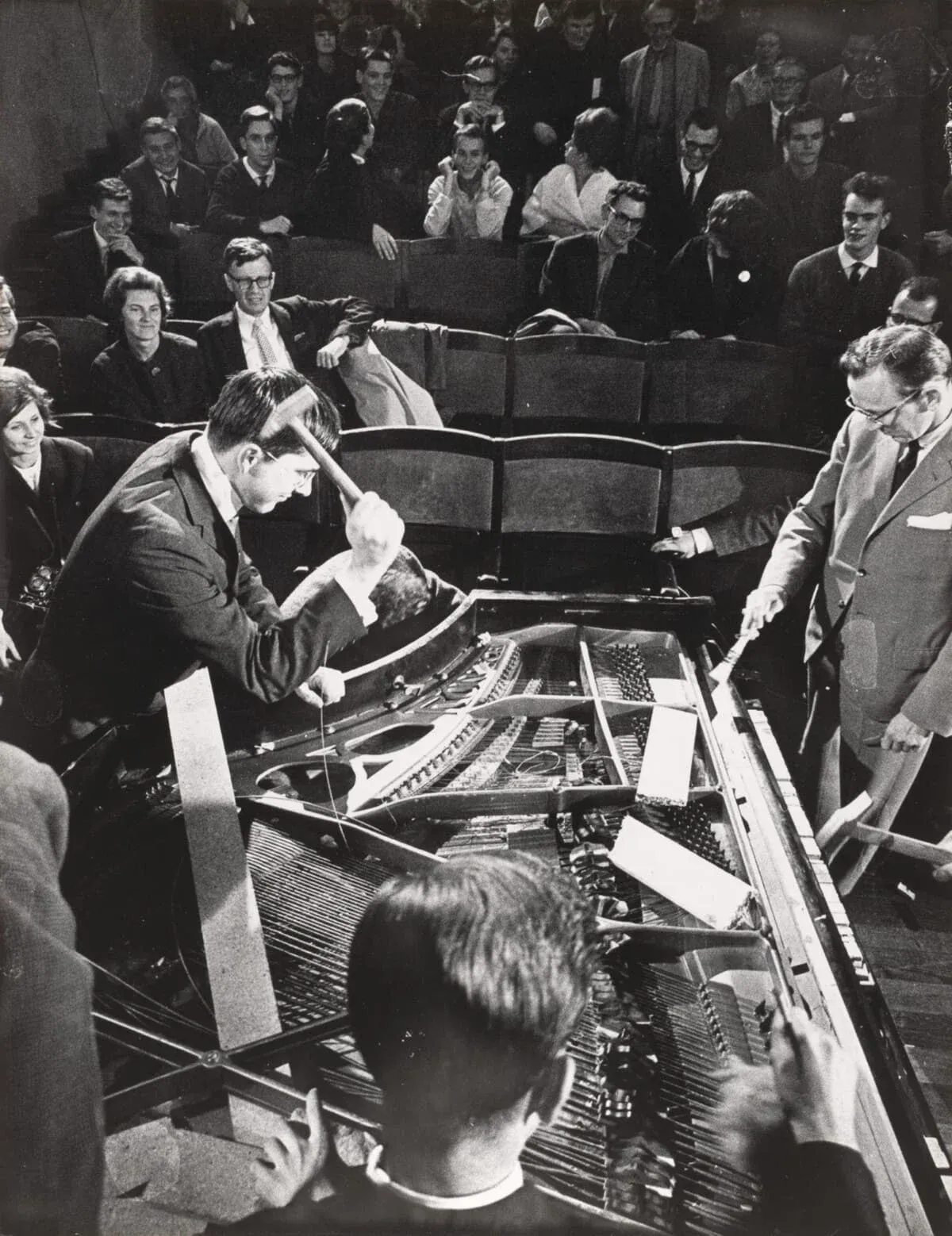
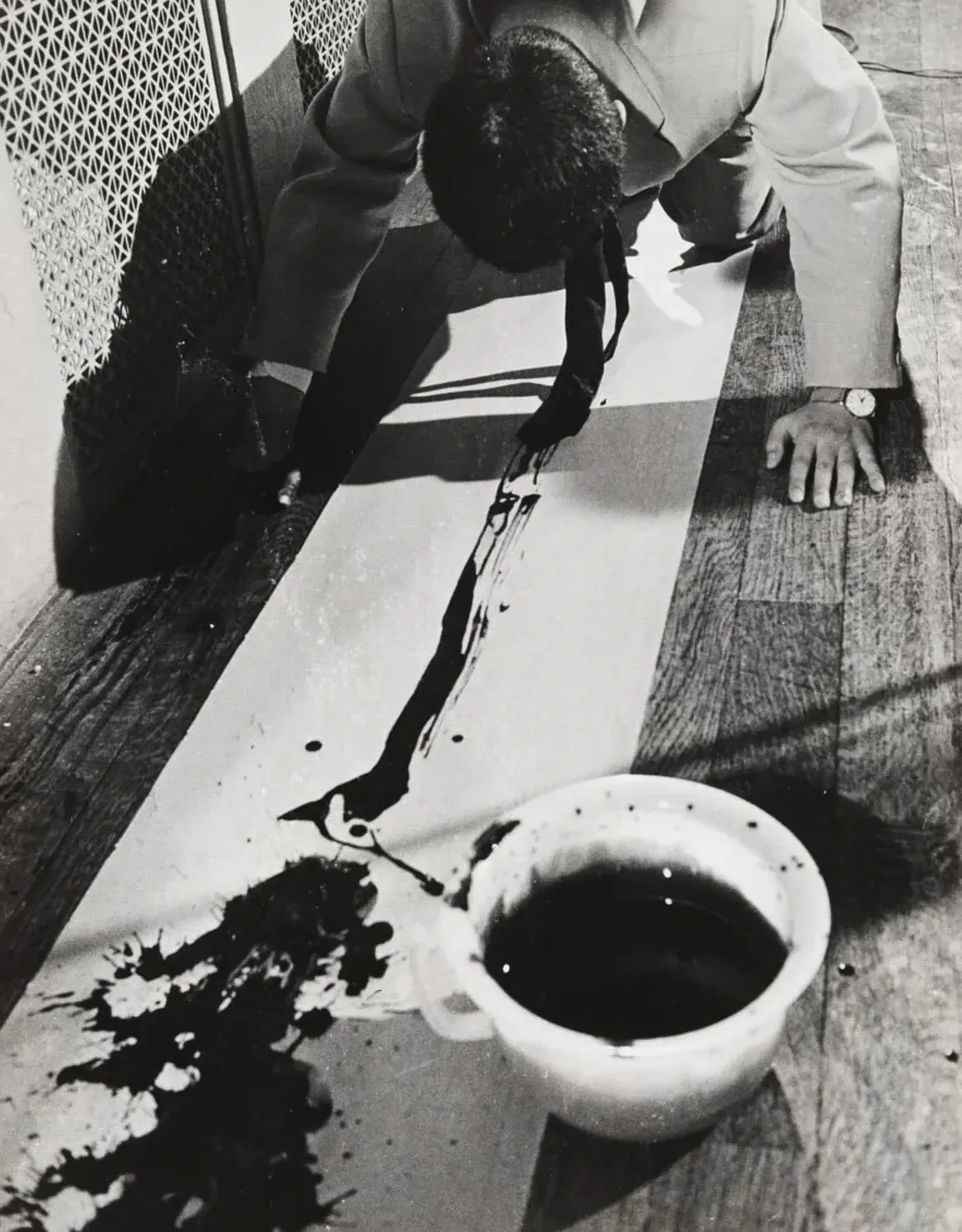
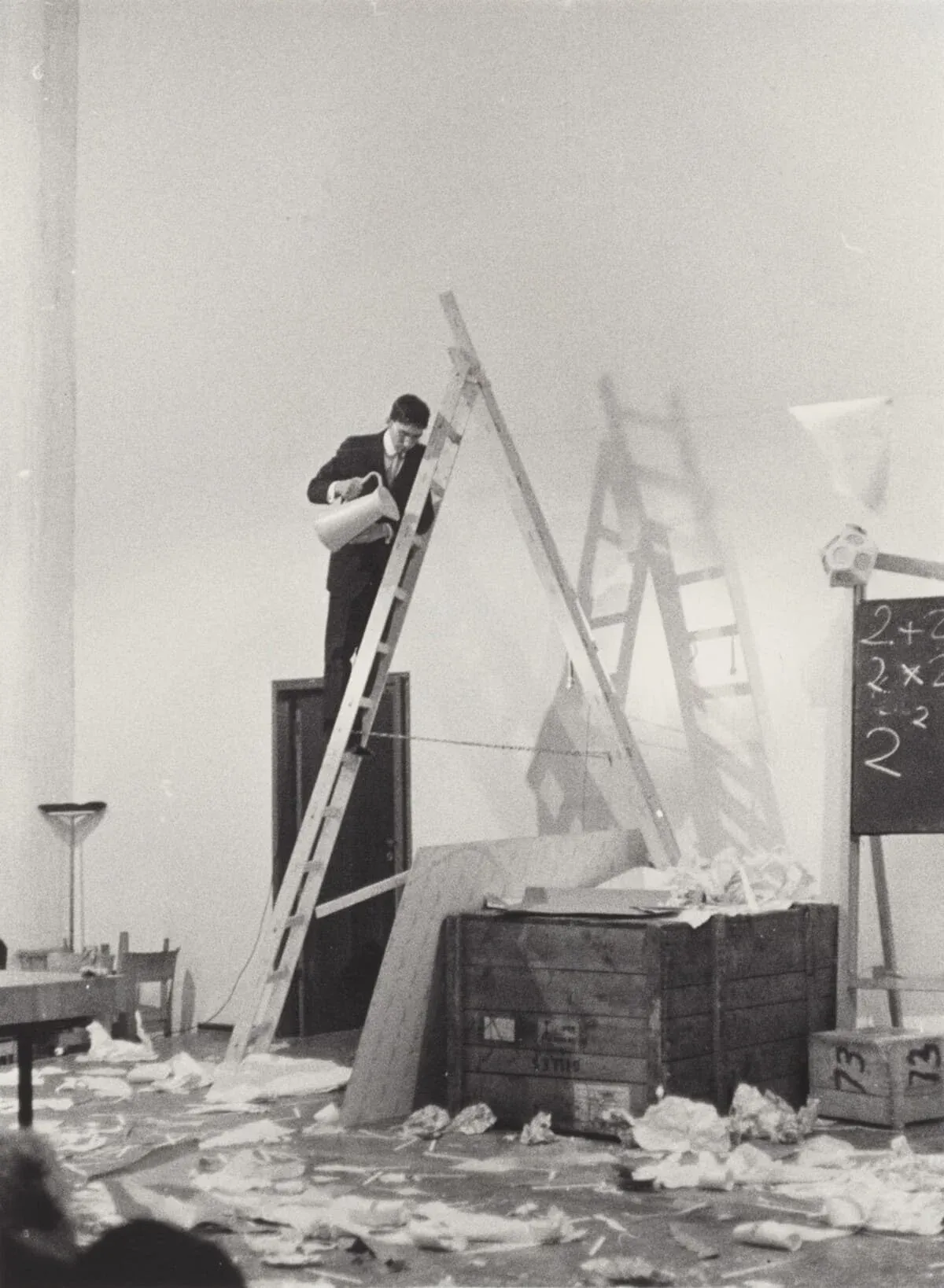
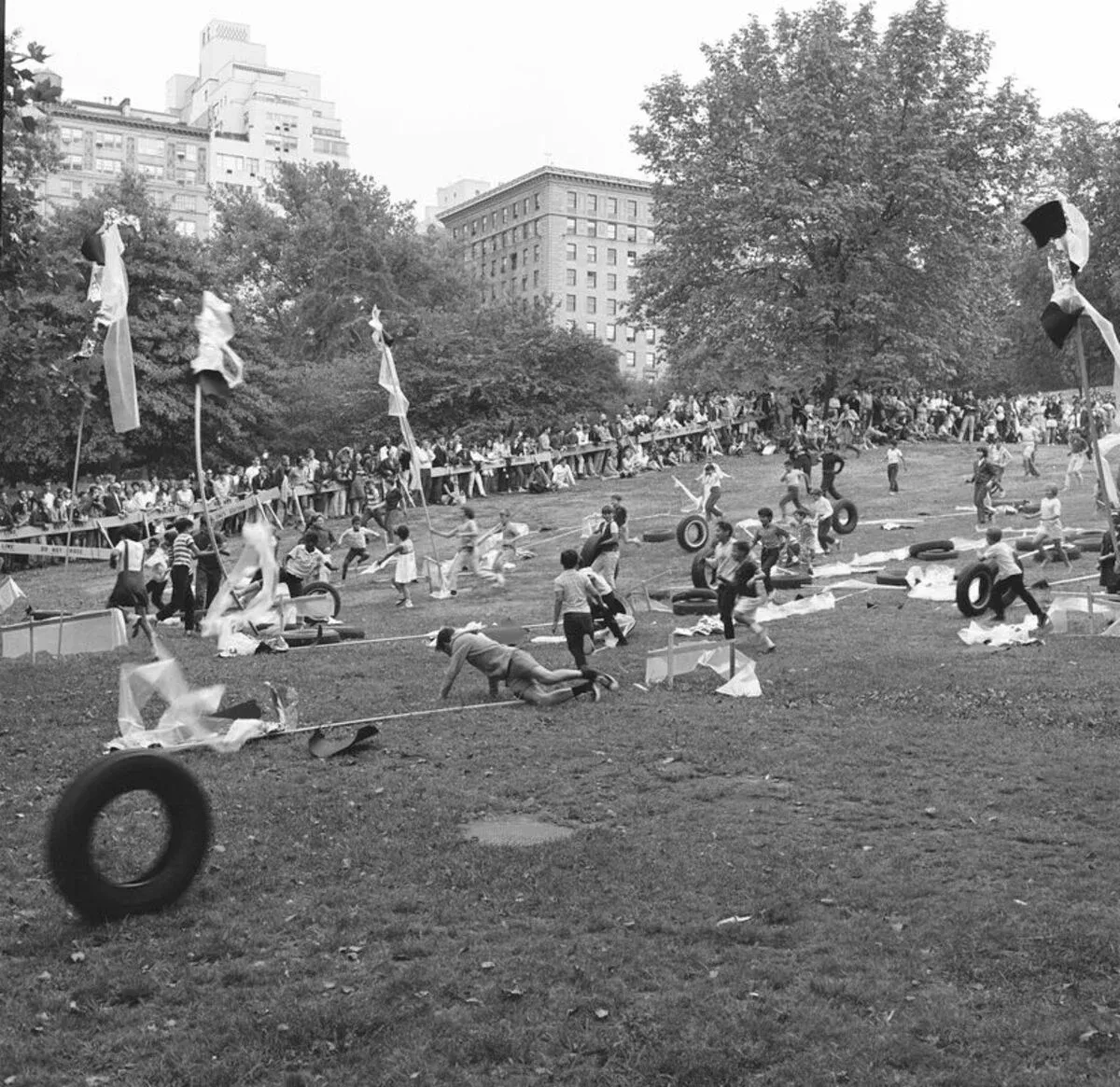
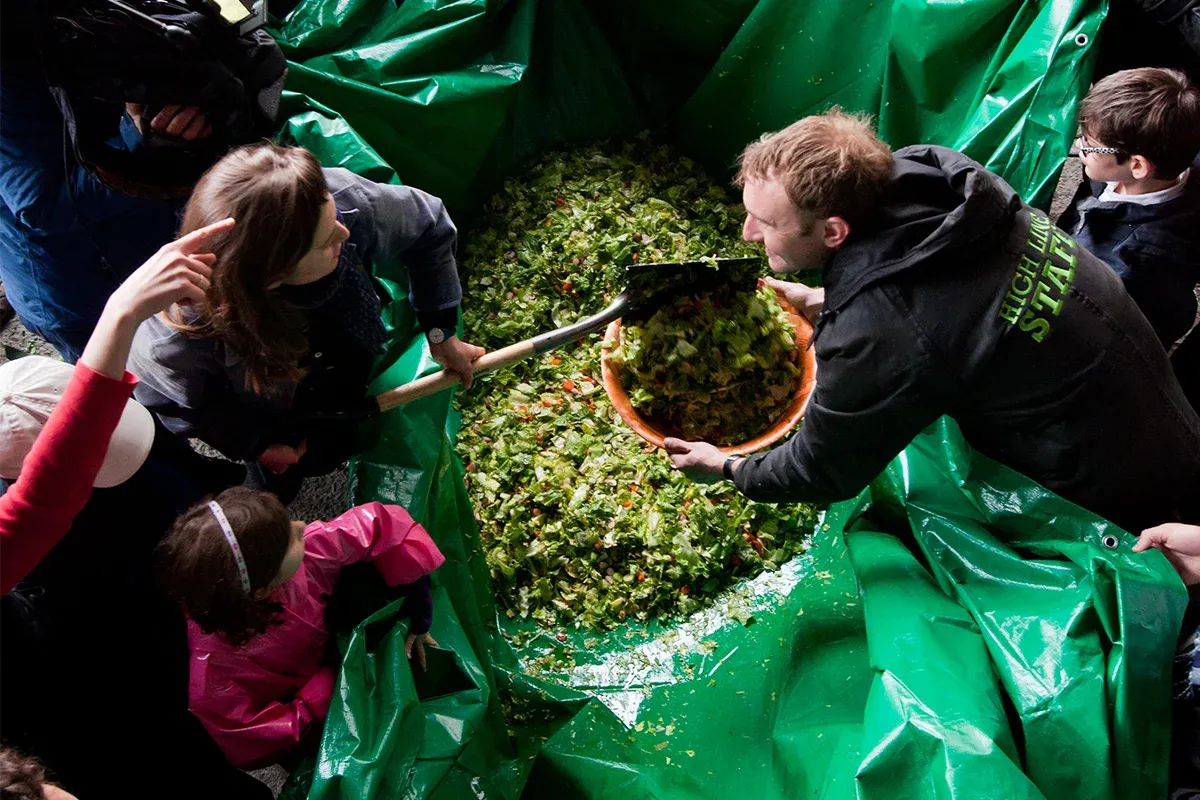
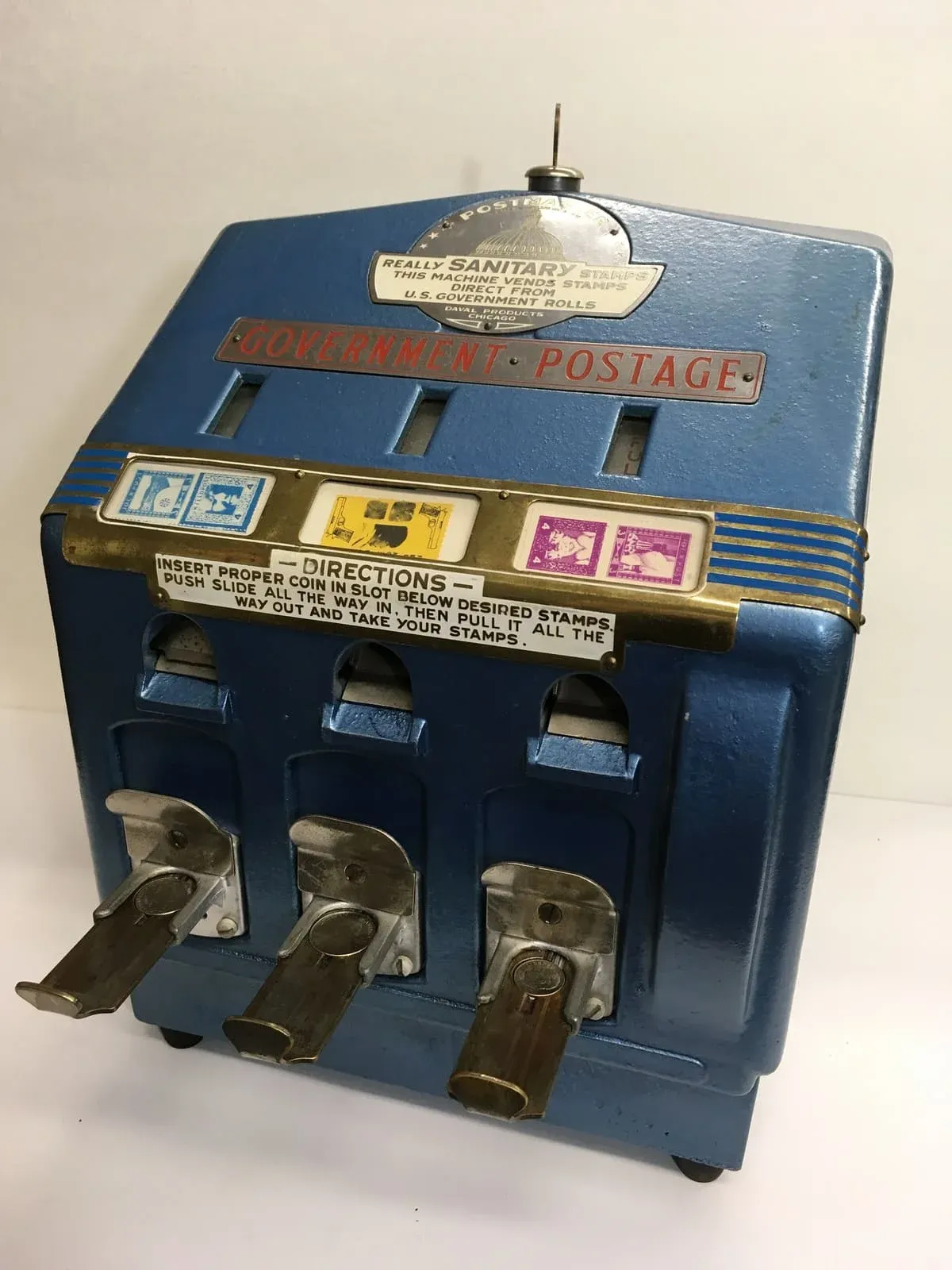
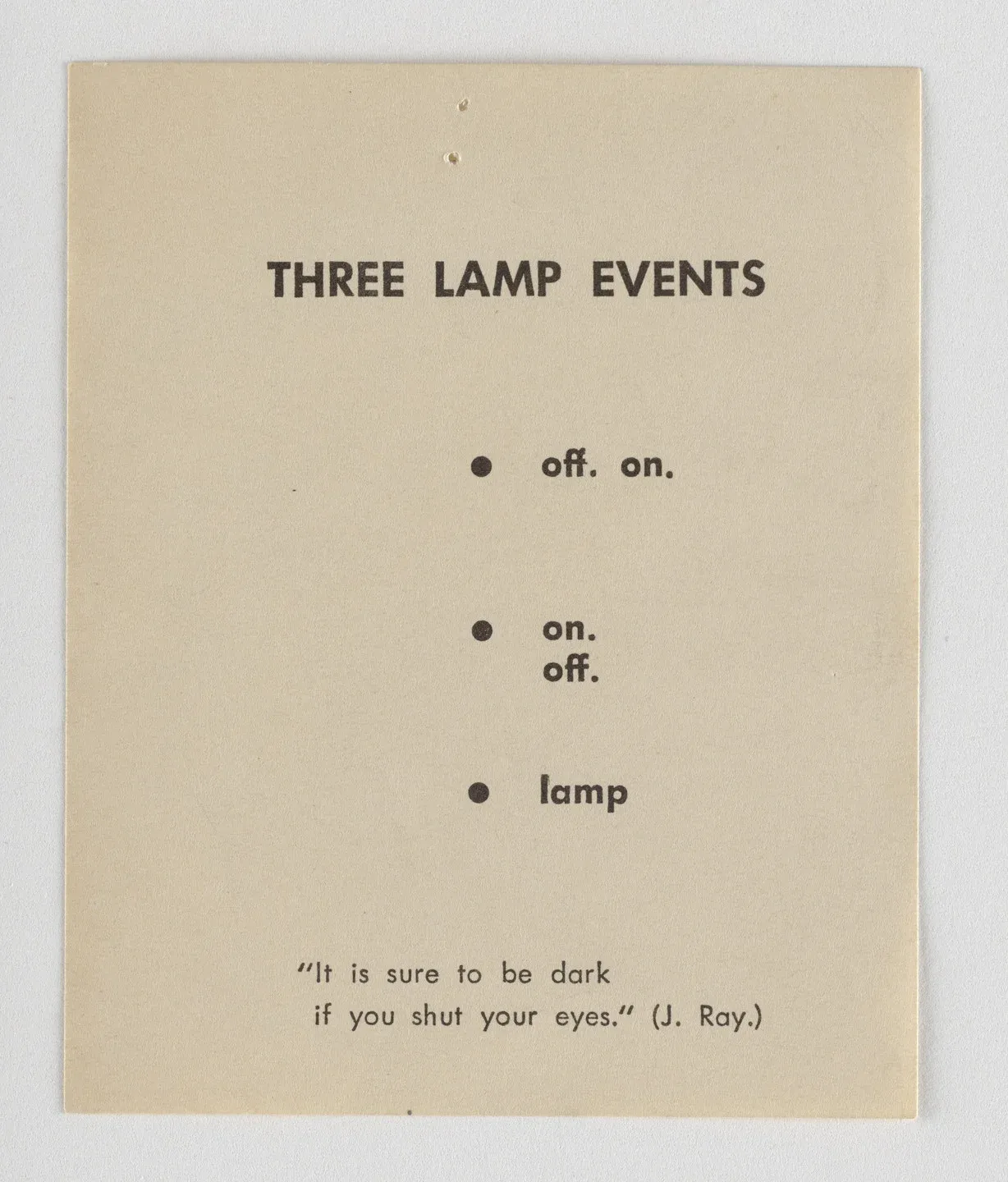
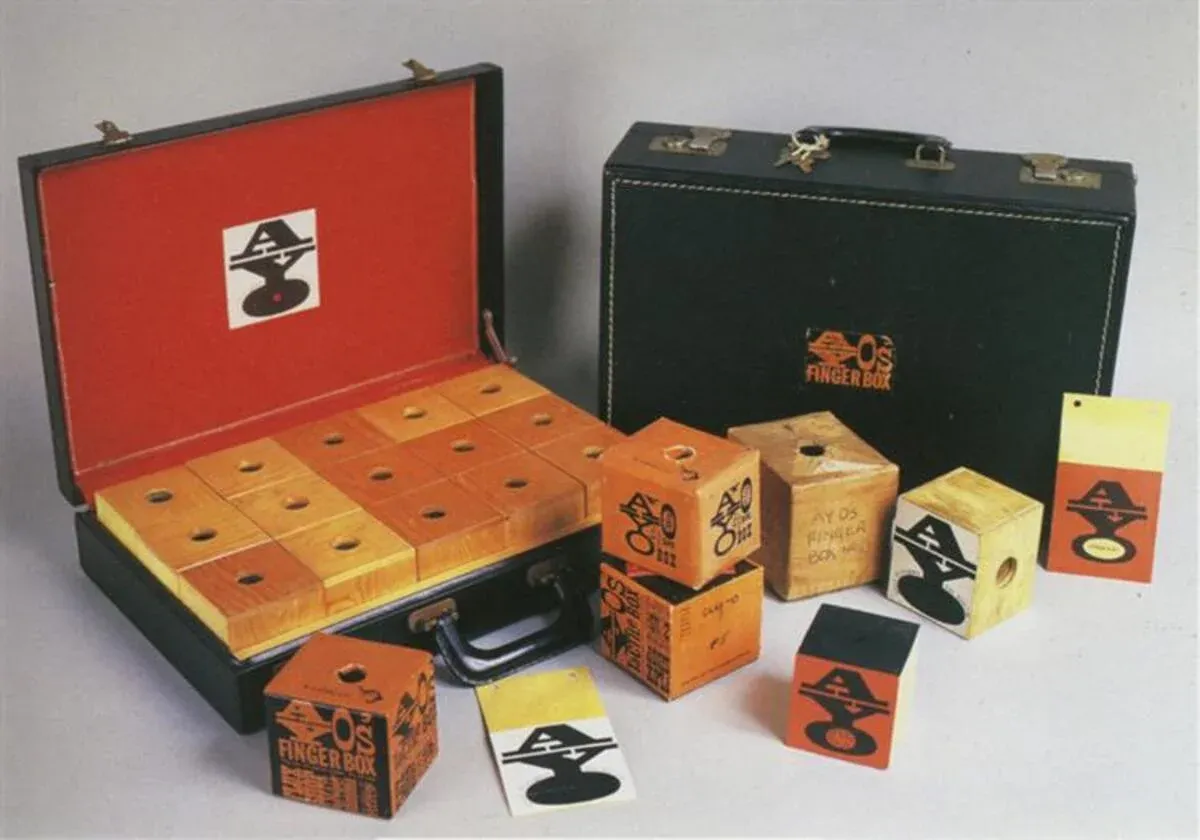
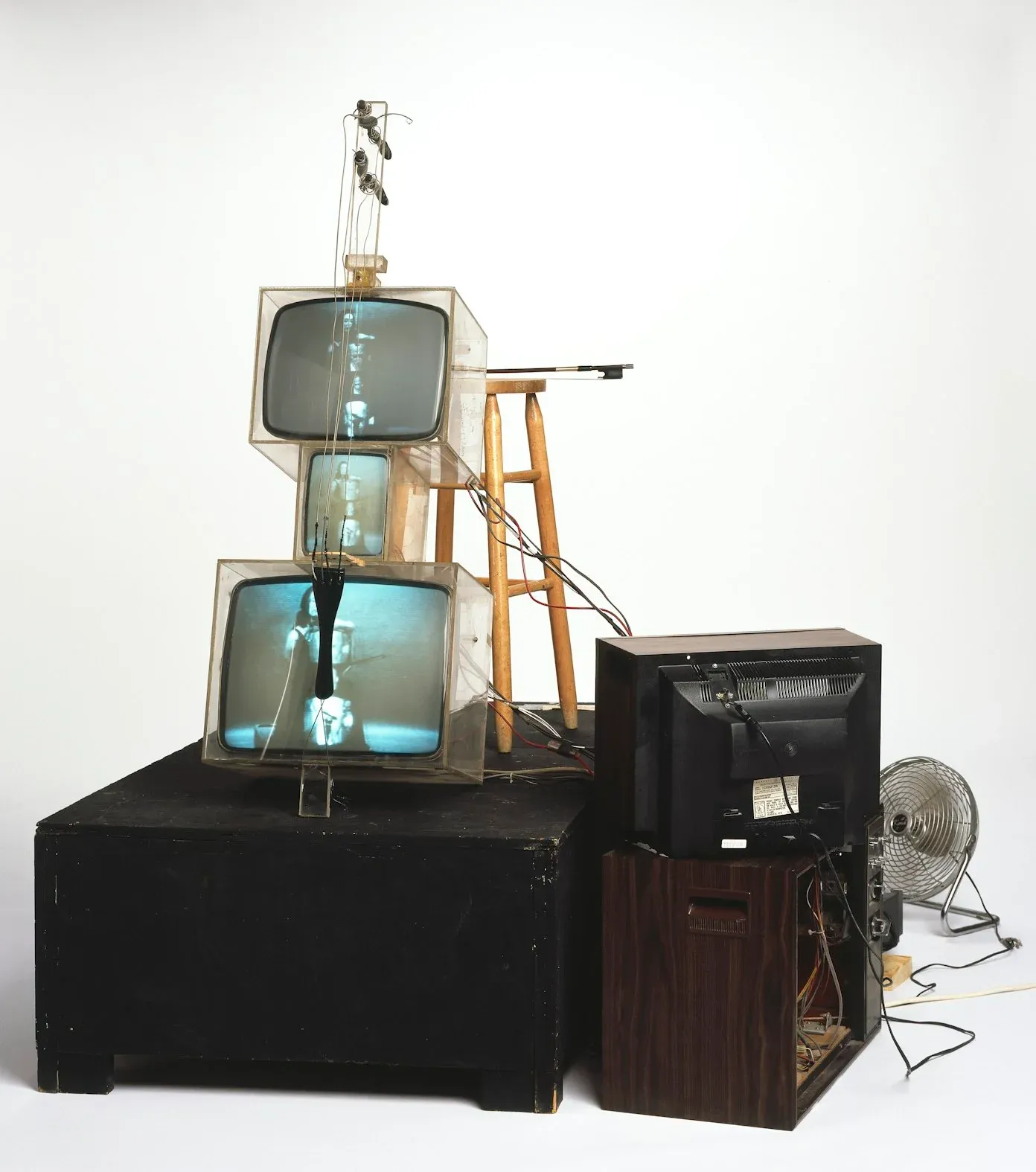
Images from Illustromania, Artsy, and MoMA.


